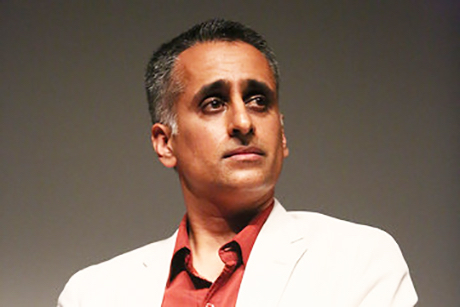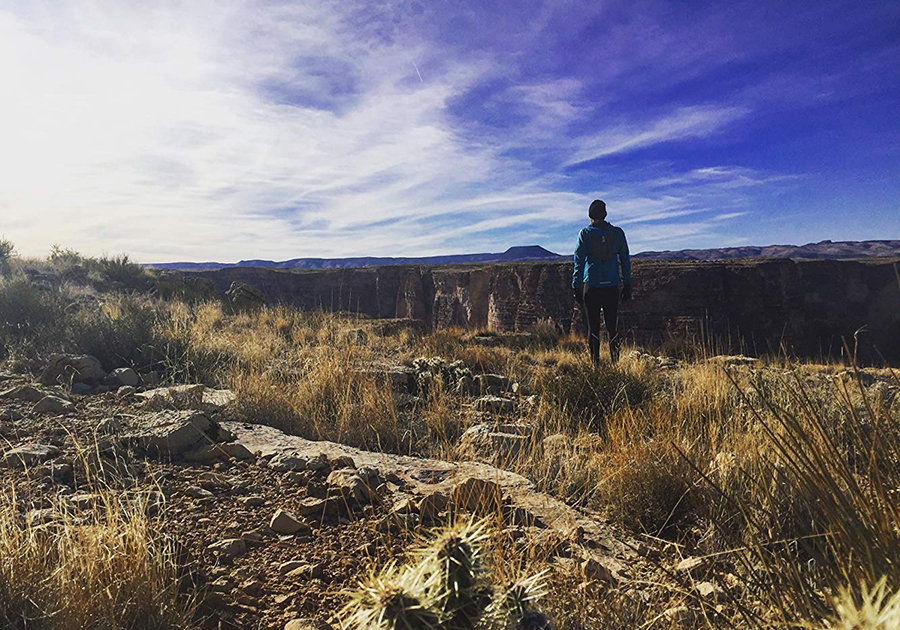Cleveland International Film Festival
Princess of the Row (2019)
Unrated
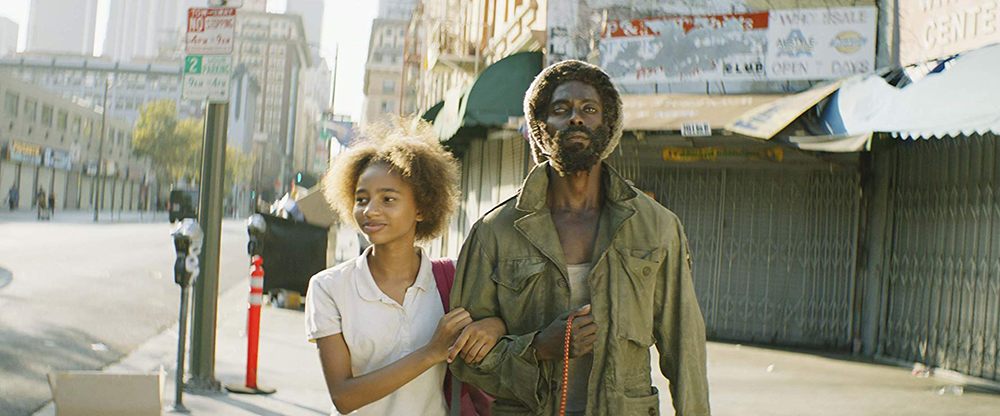
Big Boss Creative
A homeless war veteran with brain trauma spends most of his days lost within his mind and cared for by his 12-year-old daughter. But during a key scene in Princess of the Row, he finds a moment of lucidity and tells his daughter, who’s so full of potential, that one day she will have to choose a life that means letting him go and he’s okay with that. He assures her that making good choices for herself will likely mean they will be apart, but it will never keep him from being her father.
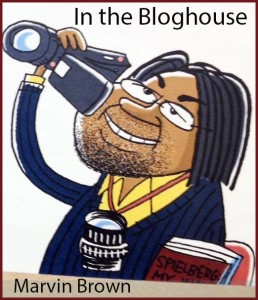 It’s crucial advice, even though daughter Alicia isn’t yet in a place to accept it; in the moment “Bo,” the shattered veteran in dirty clothes, ratty hair and mismatched shoes, rises to his responsibility as a father. It is, for me, the heart of this remarkable film: a broken man, who seems incapable of taking care of himself, finds a way to guide and protect his preteen daughter, who spends much of the film behaving as the adult.
It’s crucial advice, even though daughter Alicia isn’t yet in a place to accept it; in the moment “Bo,” the shattered veteran in dirty clothes, ratty hair and mismatched shoes, rises to his responsibility as a father. It is, for me, the heart of this remarkable film: a broken man, who seems incapable of taking care of himself, finds a way to guide and protect his preteen daughter, who spends much of the film behaving as the adult.
Beautifully shot mostly on the tough streets of Los Angeles, Princess of the Row charts the courses of two people who disparately need and love each other, but are on paths separated by health issues, poverty, bureaucracy and opportunities. Undoubtedly, the film offers abundant ways to impact its viewers—through its gritty, evocative photography; its punishing plunge into the dirty, pitilessness of homelessness; the ever-present dangers lurking among the population of L.A.’s skid row; the powerful shield forged from the love of a father and daughter; the tiny seeds of hope sprouting up in unexpected places, like flowers through cracks in the asphalt.
Director Max Carlson doesn’t hesitate to use the many the tools at his disposal to immerse viewers into this world. He gets the biggest assist from the raw, pitch-perfect performances of his lead actors. Tayler Buck, in a star-making performance, constantly underplays Alicia. We hear Alicia’s thoughts and writings through voiceover, but she’s more a girl of action and not words. As Buck plays her, Alicia hardly has time to express emotion because she’s busy reacting to and controlling her situations or her environment. The weight upon her—taking care of her erratic father, moving from one foster home to the next, sleeping on the streets, skirting the dangers of the sex trade industry—is daunting, and makes us instantly protective of the character. Yet, Buck portrays Alicia as quietly confident and optimistic. Perhaps it’s because the skinny little girl with the natural hair is assured of her purpose—to get a job and take care of her father. We see her internal conflict on her face, but she doggedly handles each conflict as they come.
Edi Gathegi (the Twilight series) vanishes into the role of Bo. The man, ravaged by PTSD, injury and poverty, with one cataract-clouded eye, drifts through life muttering to himself. Gathegi allows Bo fleeting moments of lucidity which are often impressive and depressing – impressive, because they allows us a peak at the man he was and could have been; depressing, because they remind us of what has been lost to mental illness and circumstance. But it’s a restrained role, and Gathegi refuses to soften the character. (He brings quiet dignity in a couple of prewar flashbacks where we see him as a loving fable-spinning father.) But he remains detached for most of the film, and can be lethal in anger. It’s a heartbreaking performance in a film filled with heartbreaking performances.
Alicia’s in the foster care system, but her connection to her father keeps her escaping back to the streets. She’s remarkable and resourceful, but it doesn’t shield us from her somber situation. How brutally sad her circumstances that spending a night in a junkyard for her father’s birthday is considered respite from skid row.
Carlson manages to work in themes of homelessness, the state of veterans’ affairs (with a touch of needed humor) and the foster care system, as well as reveal hope that often resides in the margins.
One representation of hope are the Austins (Martin Sheen and Jenny Gago), the latest in a string of foster parents to come into Alicia’s life. He’s a successful author, which could open doors for Alicia, who has a knack and passion for writing and story-telling. But the Austins live 10 hours from the row. The couple live in a beautiful villa up in the hills, its quiet beauty is intentionally isolated from the loud intensity of the city. Alicia’s tight-lipped and cautious with the Austins; of course she is, she’s been down this road before. But her introduction to Ruby, their horse, taps into emotions borne of her fantasy life which involves a unicorn.
There’s also hope from a tireless councilor, Magdalene (a convincing Ana Ortiz), who pushes Alicia to give the new family a chance. Magdalene, time and again, fights for Alicia even when the girl is too stubborn or distracted to fight for herself. In a brief, remarkable scene she encourages Alicia’s creativity and individuality at the crucial moment of decision-making.
A harrowing scene at midpoint underscores the real-world dangers of a little girl in a land of sexual predators. Another reminds us of Bo’s quick-trigger as he explodes in anger in a small hotel room, endangering his daughter.
The camerawork in Princess of the Row is superb. It sometimes glides safety above the trash-strewn streets, other times, plunges into the grit and grime. It solidifies the film’s texture. We see dirty tents line city sidewalks as makeshift homes on the row, and vast maze-like junkyards that can provide a haven or become a deathtrap. We visit hotels rented by the hour and shelled-out buildings perfect for squatting. It all feels real. Carlson keeps the camera everywhere—weaving through and soaring above the wreckage and beauty of manmade structures, sometimes separated by mere city blocks. Julian Scherle score is elegant and ever-present. It lingers subtly over scenes of heartbreak and terror.
Raw, powerful, tender and hard as steel, Princess of the Row transports and transforms those willing to take the journey.
Check out the film now at the Cleveland International Film Festival.

| Marvin Brown’s Movie Review Archive
 “Wondrous and Monstrous Ways,” a tale of grief and revenge involving a woman on the edge of the abyss, arrives in late April. The story appears in Ghost, Spirits and Specters, Vol. 2 from HellBound Books Publishing. The anthology is edited by Xtina Marie.
“Wondrous and Monstrous Ways,” a tale of grief and revenge involving a woman on the edge of the abyss, arrives in late April. The story appears in Ghost, Spirits and Specters, Vol. 2 from HellBound Books Publishing. The anthology is edited by Xtina Marie.

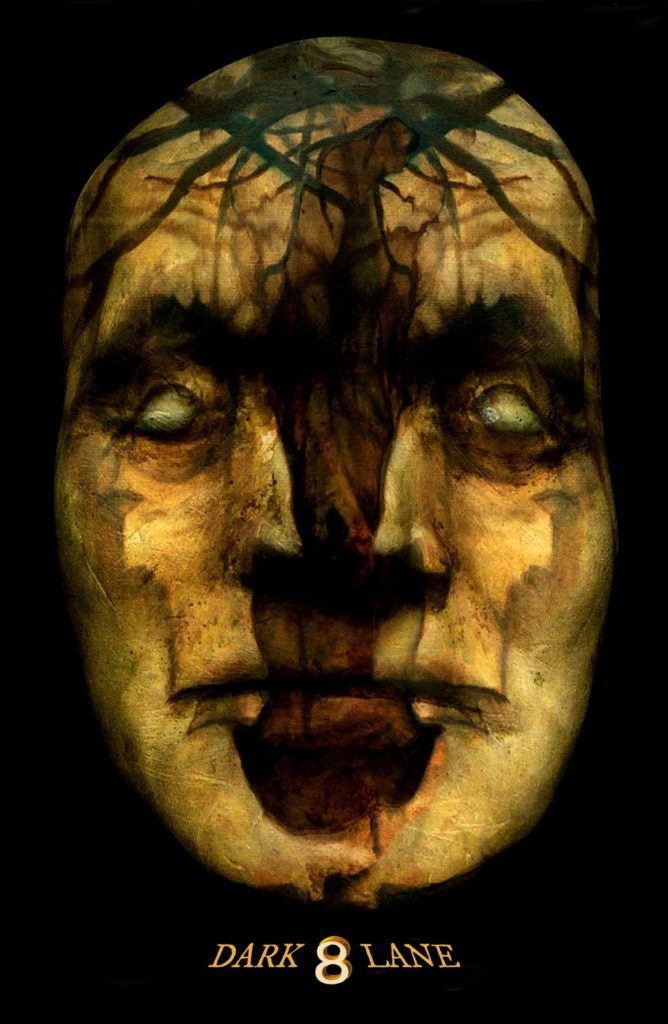
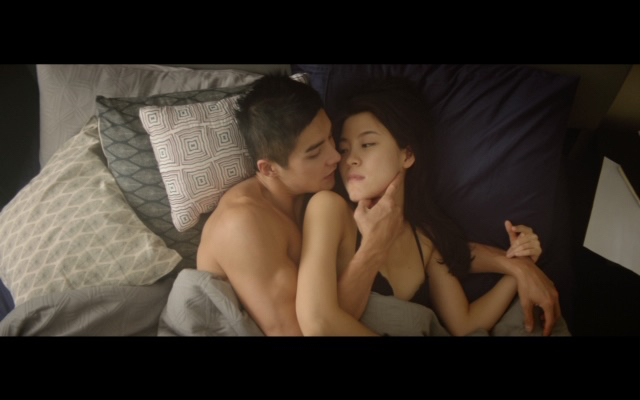


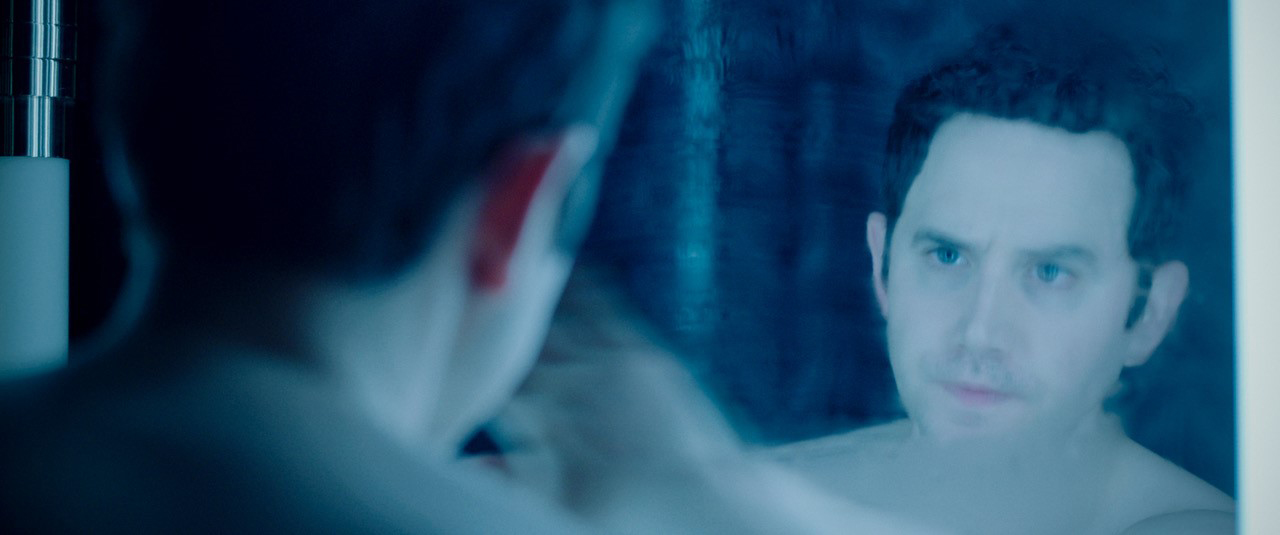
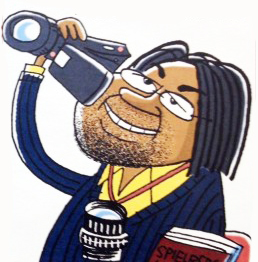 Director Nathan Catucci has seeded his film in those opening sequences. Now, we are introduced to other main characters.
Director Nathan Catucci has seeded his film in those opening sequences. Now, we are introduced to other main characters.
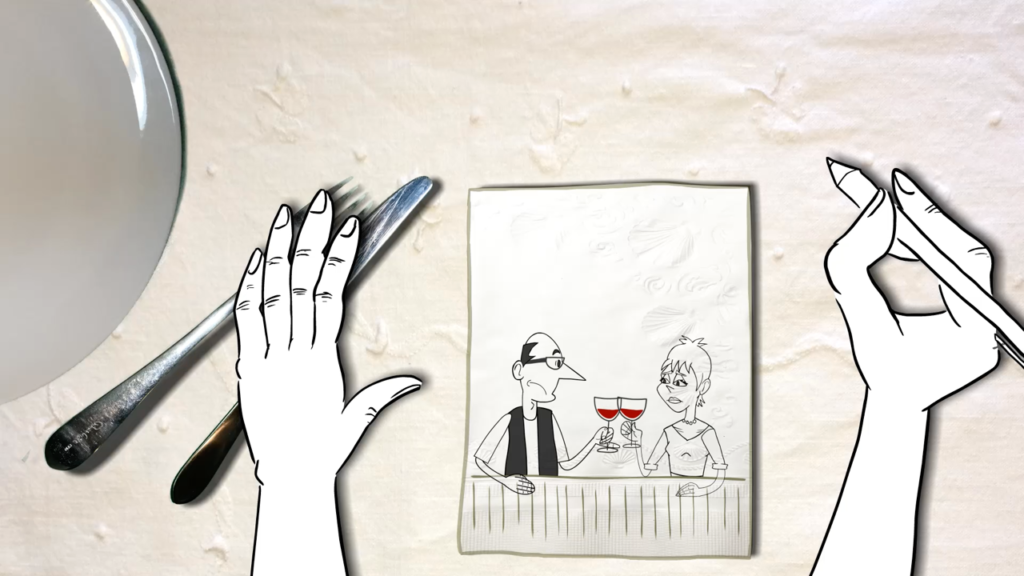
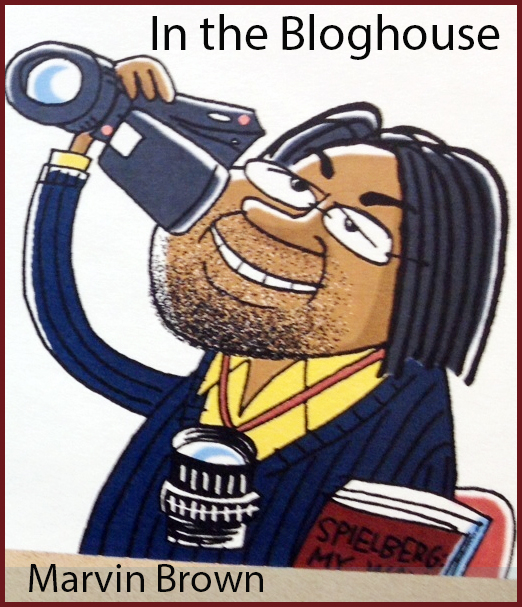 An award-winner on the film festival circuit, Magical Mystery is cleverly inked on cocktail napkins. Every now and again we get a pull-back that reveals the napkins among an arrangement of plates and utensils on a table.
An award-winner on the film festival circuit, Magical Mystery is cleverly inked on cocktail napkins. Every now and again we get a pull-back that reveals the napkins among an arrangement of plates and utensils on a table.
